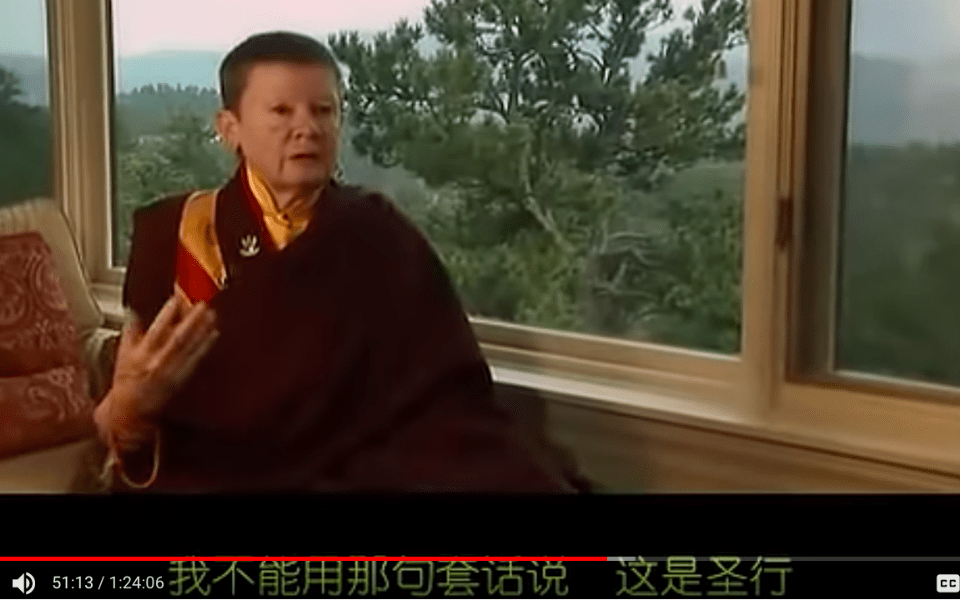This excerpt from a 2014 “dharma talk” by disgraced former Dharma Ocean founder Reggie Ray provides a textbook example of how the terror of disorganized attachment […]
This is a followup on notes I published about the structure, language, and impact of disorganized attachment evident in the Shambhala organization. It also provides an […]
Thank you to Josh Summers for interviewing me about Practice and All is Coming. You can download the mp3 here. Transcript is below. Trigger warning: descriptions […]
Here’s something I wasn’t able to fit into the Sivananda Yoga feature, because it veers into commentary/opinion, and because it would have stretched the word count […]
